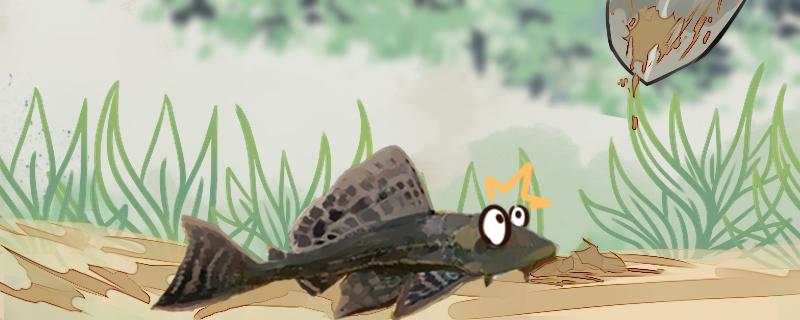 1. What fish eats the food residue at the bottom of the tank
1. What fish eats the food residue at the bottom of the tank The scavenger eats the food residue at the bottom of the tank. There are many tool fish, but there are not many fish that clean up the residual bait under the water, and scavengers are the best among them. This kind of fish plays a certain role in maintaining water quality, but the time is not long, because its excretion capacity is also very strong. It is still impossible to expect fish farming without changing water. It is necessary to change water when it is time to change it at ordinary times, and at the same time, clean up the dirty things at the bottom of the water, so as to truly maintain water quality.
2. What are the common tool fish1. Elf fish: Elf fish is a common algae-eating fish. It is very small and almost only eats algae. Once the algae are eaten clean, they can't live. This kind of fish belongs to small tropical fish, which is suitable for survival in the environment of 22-30 ℃ and likes weak acidic soft water.
2. Black-line flying fox: Black-line flying fox can be used as ornamental fish or tool fish. It is native to Southeast Asia and likes to eat all kinds of algae, especially fibrous algae and filamentous algae. It should be noted that if it is fed fish food for a long time, it will cause it to be picky eaters, so it may not eat algae.
3. Moss rats: The body length of moss rats is about 10-15 cm, which is suitable for survival at 22-28 ℃. It has a miscellaneous diet, and it is easy to raise and clean up algae, but it is difficult to reproduce, and it will attack small fish in adulthood.